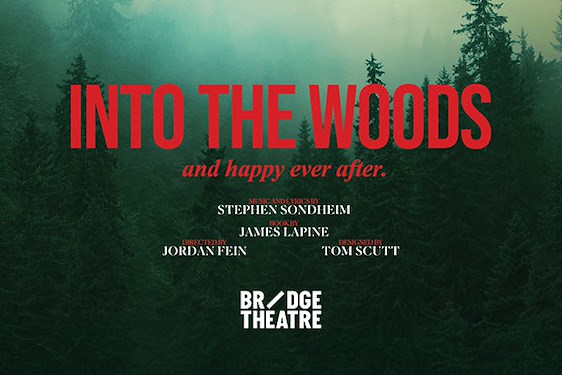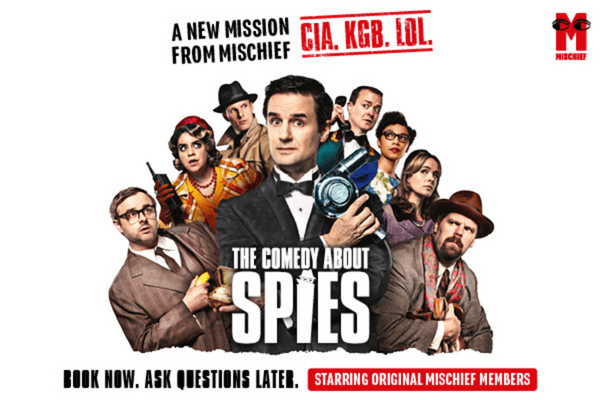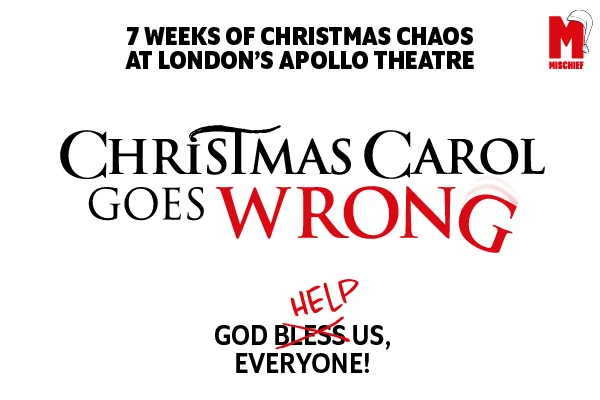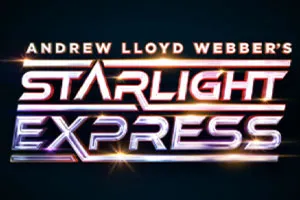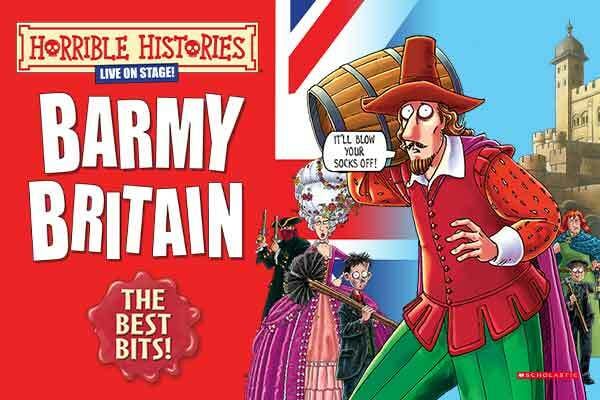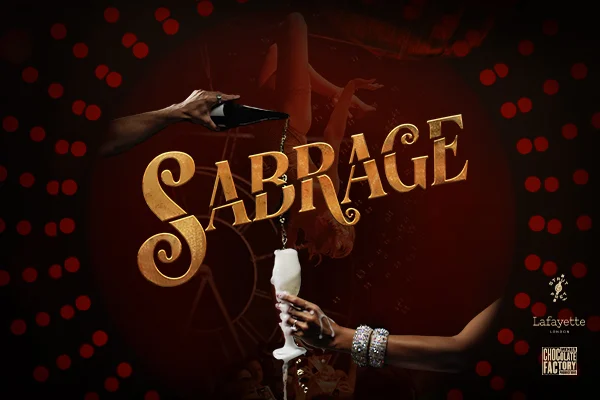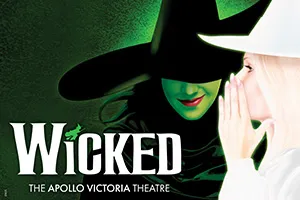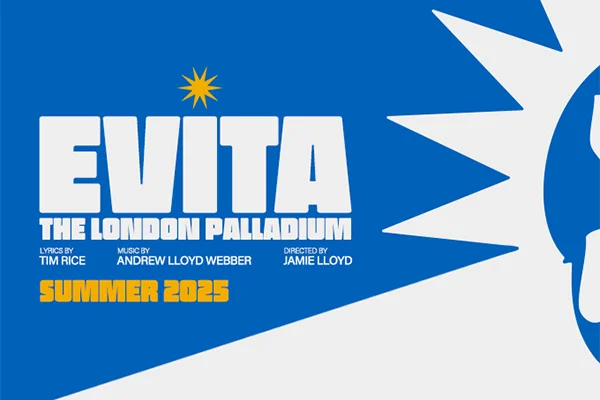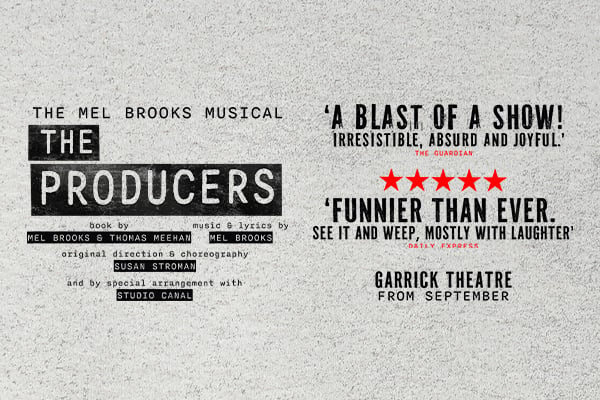The challenge with any
dramatisation of an historic moment is in trying to appeal to the people for
whom the event just ‘rings a bell’ right up to those whose lives were directly
impacted by it . Whilst I may be ashamed to admit that I knew more about the
multiple awards festooned on the Broadway production of J. T. Rogers’ new play
A play very much for our times and definitely worth seeing at the theatre first if for no other reason than to see what all the fuss is about.
But for any play to achieve such popularity, recognition, a sold out run at the National and a straight transfer, the truth is that it needs to hold appeal and interest for the lowest denominator (yep, me again). Oslo’s success is likely linked to our current predilection for those part drama/part reality shows, as it adheres to that structure where dramatic reenactments are interspliced with real people from the time as talking heads (albeit the actors here), holding our hands through the storytelling, explaining the context, the key players – their actions and motivations – and simultaneously breaking the illusion whilst subtly shaping the opinions we make. If Brecht were alive today, he may have taken inspiration from the format of Making A Murderer, looked at little known historic events of recent times, and written Oslo himself.
This structure – along with the script’s plethora of jokes on racial stereotypes – makes the three hours of a play about political and ideological negotiations fly by in a much more enjoyable manner than may be expected (especially by those more aware than me). The events surround the secret meetings between the two factions – it was illegal at the time for Israelis to meet with PLO people – instigated and facilitated over the course of a year by Norwegian researcher Terje Rod-Larsen and his wife Mona Juul, an official in Norway’s Foreign Ministry. He believed that any negotiations would progress more effectively by adopting an acceptance of ‘Constructive Ambiguity’ – moving forward from irreconcilable differences rather than being stalled by them. And to aide this, he made it imperative that outside of the negotiation room, all parties were to spend time together as people, rather than things they represent.
Predominately, Rogers keeps us out of the negotiation room and so we don’t sit through the details of the arguments. Instead, we are served chunks of the rows they have whilst they are served the waffles they all love. Their accusations of murderous tyranny eroded by them taking turns in doing impressions of each other’s leaders. And their repeated failure to reach agreement turned into a way to tease Rod-Lerson (“These talks are over, they are erased” yells the PLO Finance Minister, Ahmed Qurie at one point, leaving a silence in the air which is broken by a prod in the ribs, a shared laugh with his Israeil counterpart, Uri Savir and a “Ha, Gotcha!”). Whilst aware that I may be completely off track here, I am going to put my neck on the line and guess these laughs weren’t completely factual.
The overall effect is that it creates a very accessible way of telling an important story. The occasional use of real film footage from the time projected on the back wall acts as a reminder that this isn’t a darkly comic piece of fiction – children really fight each other, families are really uprooted from their homes, and so much blood is shed that we can no longer comprehend and so don't look, or worse, we look but we just don't have any more care to give. What Rogers has done is served ‘the masses’ a lesson, something to think about and take with us, on a subject many of us probably find unpalatable. But he has served it with so much delicious cream and sauce that we swallow it down with gulps. Only later does the taste of reality come back
This is undoubtedly why the play has been so successful on Broadway – where one could imagine that the ability to feel like you have learned something, without feeling like you have been lectured at (and where you have have had a few laughs too) ticks a lot of boxes for many a theatregoer. There may be a sort of kudos to be had from listing Oslo as one of your recent theatrical visits alongside Hello Dolly and Aladdin – made all the better by not being left-wing, politically charged Fringe for the Intelligentsia. What's telling is that the play really is the thing here – the performances are all strong but not life-changing, the set simple and unmemorable (it clearly has no place in or use for the Lyttelton stage other than its being there highlights the scale given to the play). There is no real requirement for or use of the theatre as a particular medium at all.
It will be interesting to see whether a British audience reacts to this in the same way the Americans have done. On the one hand, it is rare to hear someone admit that they’re glad that our television is always said to have dumbed down in the way it tells stories of importance. On the other, not many of us have the intelligence and references of Michael Billington or the patience and enthusiasm for BBC Four. I would place a pretty safe bet on the script being adapted with relative ease for Netflix or the BBC next year and being digestible ‘must-see’ TV and that can only be a good thing. It’s a play very much for our times and definitely worth seeing at the theatre first if for no other reason than to see what all the fuss is about. But whether it merits that fuss may well depend on whether you go in sitting nearer to me or to the man in the row before me.
Oslo runs for a limited time at the National’s Lyttleton Theatre and then transfers to the Harold Pinter Theatre from 2 October until 30 December.









